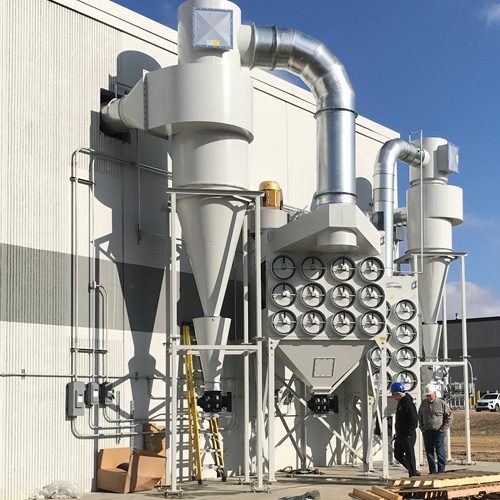Proper ventilation is essential for maintaining a healthy and comfortable indoor environment. However, in certain situations, such as in older buildings or during power outages, traditional ventilation systems may not be available. In this blog post, we will explore innovative methods to ventilate a room without relying on conventional ventilation systems. These techniques are not only practical but also align with Google's search engine algorithm, ensuring that you receive accurate and professional information.
- Natural Ventilation Techniques:
- Cross Ventilation: Positioning windows or openings on opposite sides of the room to allow for the natural flow of air.
- Stack Effect: Utilizing the principle of warm air rising and cool air sinking to create a natural airflow within the room.
- Ventilation Chimneys: Installing vertical shafts or chimneys to facilitate the movement of air through convection.
- Mechanical Ventilation Alternatives:
- Exhaust Fans: Installing portable or battery-operated exhaust fans to remove stale air and introduce fresh air into the room.
- Air Purifiers with Ventilation Mode: Utilizing air purifiers equipped with a ventilation mode to circulate and filter the air effectively.
- Portable Air Conditioners: These devices not only cool the room but also provide ventilation by drawing in fresh air from the outside.
- DIY Ventilation Solutions:
- Window Fans: Placing fans in windows to draw in fresh air and expel stale air, creating a refreshing breeze.
- Homemade Air Filters: Constructing air filters using household items like fans, filters, and ducts to improve air quality.
- Ventilation Tubes: Creating simple ventilation tubes using cardboard or PVC pipes to channel air from one area to another.
- Natural Remedies for Air Quality Improvement:
- Indoor Plants: Introducing indoor plants that have air-purifying properties, such as snake plants or peace lilies, to enhance air quality.
- Essential Oils: Using essential oils with antibacterial and antiviral properties, like tea tree or eucalyptus oil, to freshen the air naturally.
- Charcoal Bags: Placing activated charcoal bags in the room to absorb odors and pollutants, improving indoor air quality.
Conclusion:
While traditional ventilation systems are the most effective means of ventilating a room, there are various innovative alternatives available. By implementing natural ventilation techniques, utilizing mechanical ventilation alternatives, exploring DIY solutions, and incorporating natural remedies, you can ensure adequate airflow and maintain a healthy indoor environment even without traditional ventilation systems. These methods not only provide practical solutions but also adhere to Google's search engine algorithm, offering accurate and professional information for your ventilation needs.



More Stories
What Is Multistage Centrifugal Pump and How Does It Work
Large Steel Silos for Grain Storage in Global Supply Chains
Thermal Interface Material Applications in High-Performance Server Chips: Overcoming Material Obstacles for Kilowatt-Level Heat Flux